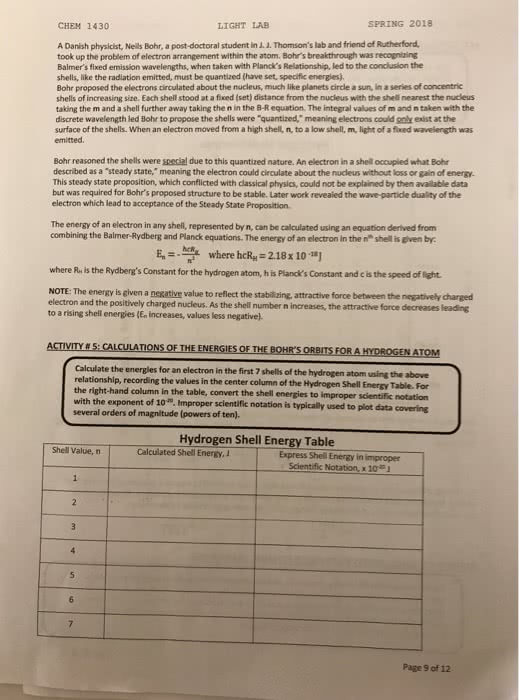Just as light waves have particle behavior, a moving particle has a wave nature. The faster the particle is moving, the higher its kinetic energy and the shorter its wavelength. The wavelength, λ, of a particle of mass m, and moving at velocity v, is given by the de Broglie relation
λ=hmv
where h=6.626Ã10â34 Jâ s is Planck's constant.
This formula applies to all objects, regardless of size, but the de Broglie wavelength of macro objects is miniscule compared to their size, so we cannot observe their wave properties. In contrast, the wave properties of subatomic particles can be seen in such experiments as diffraction of electrons by a metal crystal.
Part A
The mass of an electron is 9.11Ã10â31 kg. If the de Broglie wavelength for an electron in a hydrogen atom is 3.31Ã10â10 m, how fast is the electron moving relative to the speed of light? The speed of light is 3.00Ã108 m/s.
Express your answer numerically as a percent.
Part B
The mass of a golf ball is 45.9 g . If it leaves the tee with a speed of 60.0 m/s , what is its corresponding wavelength?
Just as light waves have particle behavior, a moving particle has a wave nature. The faster the particle is moving, the higher its kinetic energy and the shorter its wavelength. The wavelength, λ, of a particle of mass m, and moving at velocity v, is given by the de Broglie relation
λ=hmv
where h=6.626Ã10â34 Jâ s is Planck's constant.
This formula applies to all objects, regardless of size, but the de Broglie wavelength of macro objects is miniscule compared to their size, so we cannot observe their wave properties. In contrast, the wave properties of subatomic particles can be seen in such experiments as diffraction of electrons by a metal crystal.
Part A
The mass of an electron is 9.11Ã10â31 kg. If the de Broglie wavelength for an electron in a hydrogen atom is 3.31Ã10â10 m, how fast is the electron moving relative to the speed of light? The speed of light is 3.00Ã108 m/s.
Express your answer numerically as a percent.
Part B
The mass of a golf ball is 45.9 g . If it leaves the tee with a speed of 60.0 m/s , what is its corresponding wavelength?


